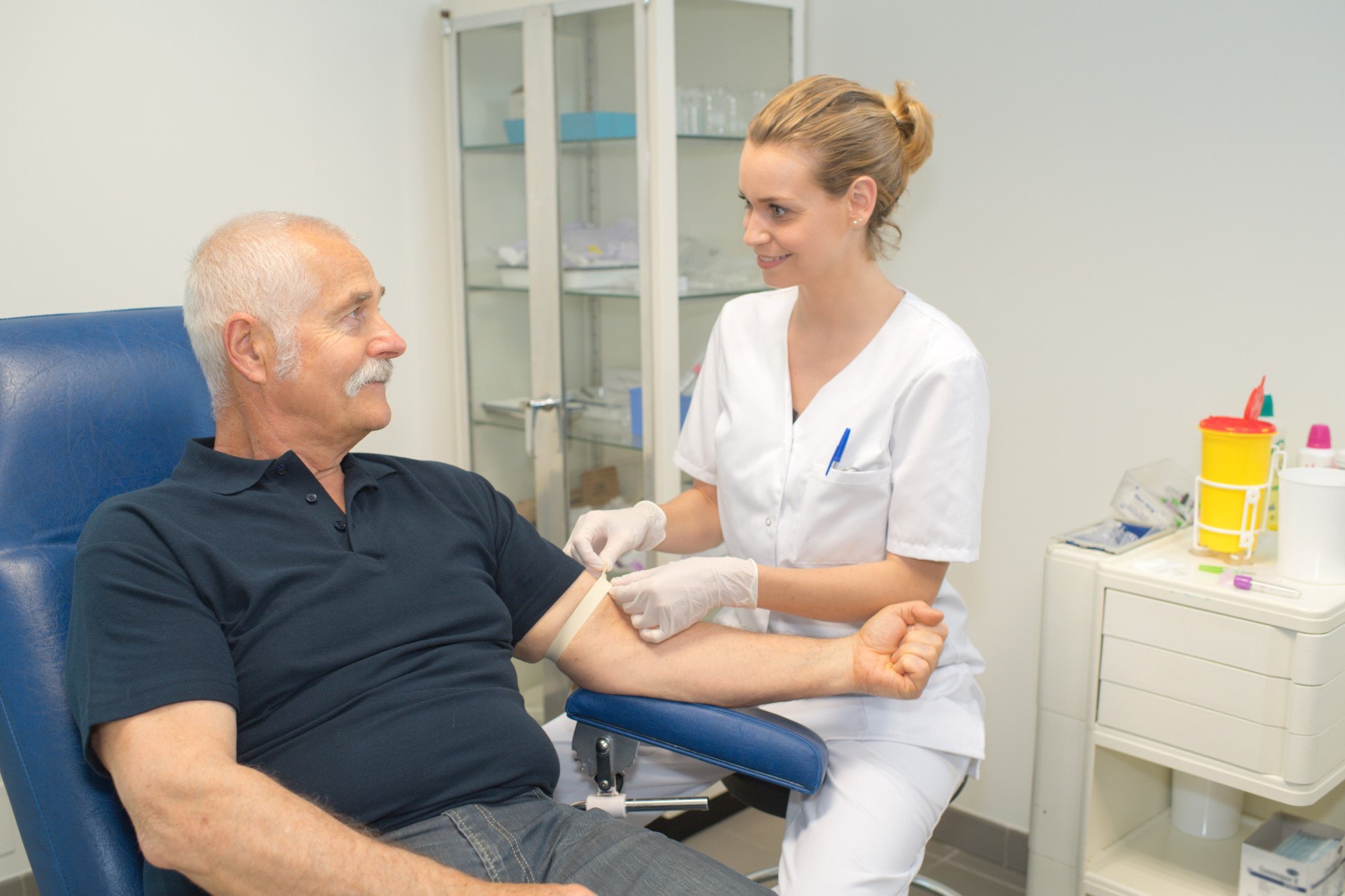6 Easy Facts About Northeast Medical Institute - New Haven Campus Phlebotomy Course & Cna Class Explained
6 Easy Facts About Northeast Medical Institute - New Haven Campus Phlebotomy Course & Cna Class Explained
Blog Article
Some Known Facts About Northeast Medical Institute - New Haven Campus Phlebotomy Course & Cna Class.
Table of ContentsSome Ideas on Northeast Medical Institute - New Haven Campus Phlebotomy Course & Cna Class You Should KnowEverything about Northeast Medical Institute - New Haven Campus Phlebotomy Course & Cna ClassSome Of Northeast Medical Institute - New Haven Campus Phlebotomy Course & Cna ClassSome Known Questions About Northeast Medical Institute - New Haven Campus Phlebotomy Course & Cna Class.All About Northeast Medical Institute - New Haven Campus Phlebotomy Course & Cna ClassThe Best Strategy To Use For Northeast Medical Institute - New Haven Campus Phlebotomy Course & Cna Class
The use of such tools should be accompanied by other infection avoidance and control practices, and training in their usage. Not all safety and security tools apply to phlebotomy. Prior to selecting a safety-engineered tool, users need to completely explore available devices to identify their appropriate usage, compatibility with existing phlebotomy practices, and effectiveness in shielding team and individuals (12, 33).For settings with low sources, price is a motoring variable in purchase of safety-engineered gadgets. Where safety-engineered devices are not available, knowledgeable usage of a needle and syringe is appropriate.
In the blood-sampling space for an outpatient department or facility, give a comfortable reclining couch with an arm rest.
3 Easy Facts About Northeast Medical Institute - New Haven Campus Phlebotomy Course & Cna Class Shown
Ensure that the indicators for blood sampling are clearly specified, either in a created method or in documented directions (e.g. in a laboratory kind). Accumulate all the equipment needed for the treatment and place it within secure and simple reach on a tray or trolley, making certain that all the things are clearly visible.
Where the patient is adult and conscious, follow the actions described below. Present on your own to the patient, and ask the individual to mention their complete name. Examine that the research laboratory form matches the person's identity (i.e. match the patient's information with the lab kind, to ensure precise recognition). Ask whether the license has allergies, phobias or has ever before fainted during previous injections or blood attracts.
Make the individual comfy in a supine setting (if possible). Area a tidy paper or towel under the client's arm. Talk about the test to be executed (see Annex F) and obtain verbal approval. The client has a right to refuse an examination any time before the blood tasting, so it is essential to guarantee that the patient has actually understood the treatment.
The Greatest Guide To Northeast Medical Institute - New Haven Campus Phlebotomy Course & Cna Class
Expand the patient's arm and check the antecubital fossa or forearm. Locate a capillary of an excellent dimension that is noticeable, straight and clear. The representation in Section 2.3, shows usual positions of the vessels, however numerous variants are feasible. The median cubital blood vessel lies in between muscular tissues and is usually the most simple to pierce.
DO NOT insert the needle where capillaries are diverting, because this enhances the possibility of a haematoma. The capillary ought to show up without using the tourniquet. Locating the capillary will aid in establishing the right size of needle. Apply the tourniquet about 45 finger sizes over the venepuncture website and re-examine the vein.
Specimens from central lines carry a danger of contamination or erroneous research laboratory test results. It is appropriate, however not optimal, to draw blood specimens when initial introducing an in-dwelling venous device, before connecting the cannula to the intravenous liquids.
Northeast Medical Institute - New Haven Campus Phlebotomy Course & Cna Class Things To Know Before You Buy
Enable the location to dry. Failure to allow enough contact time increases the risk of contamination. DO NOT touch the cleaned up site; in certain, DO NOT put a finger over the vein to lead the shaft of the exposed needle. It the site is touched, repeat the sanitation. Perform venepuncture as complies with.
Ask the patient to develop a hand so the blood vessels are more prominent. Enter the vein quickly at a 30 degree my explanation angle or less, and continue to introduce the needle along the capillary at the easiest angle of entry - PCT Classes. As soon as enough blood has been collected, release the tourniquet BEFORE withdrawing the needle
8 Easy Facts About Northeast Medical Institute - New Haven Campus Phlebotomy Course & Cna Class Shown
Withdraw the needle gently and apply mild stress to the website with a clean gauze or dry cotton-wool ball. Ask the patient to hold the gauze or cotton woollen in area, with the arm prolonged and elevated. Ask the patient NOT to bend the arm, because doing so triggers a haematoma.

Some Known Details About Northeast Medical Institute - New Haven Campus Phlebotomy Course & Cna Class
Do not press the syringe bettor since additional stress raises the threat of haemolysis. Where feasible, maintain televisions in a rack and relocate the shelf towards you. Inject downwards right into the suitable coloured stopper. DO NOT eliminate the stopper since it will launch the vacuum cleaner. If the sample tube does not have a rubber stopper, infuse incredibly slowly into the tube as lessening the stress and rate utilized to transfer the sampling decreases the threat of haemolysis.

Report this page